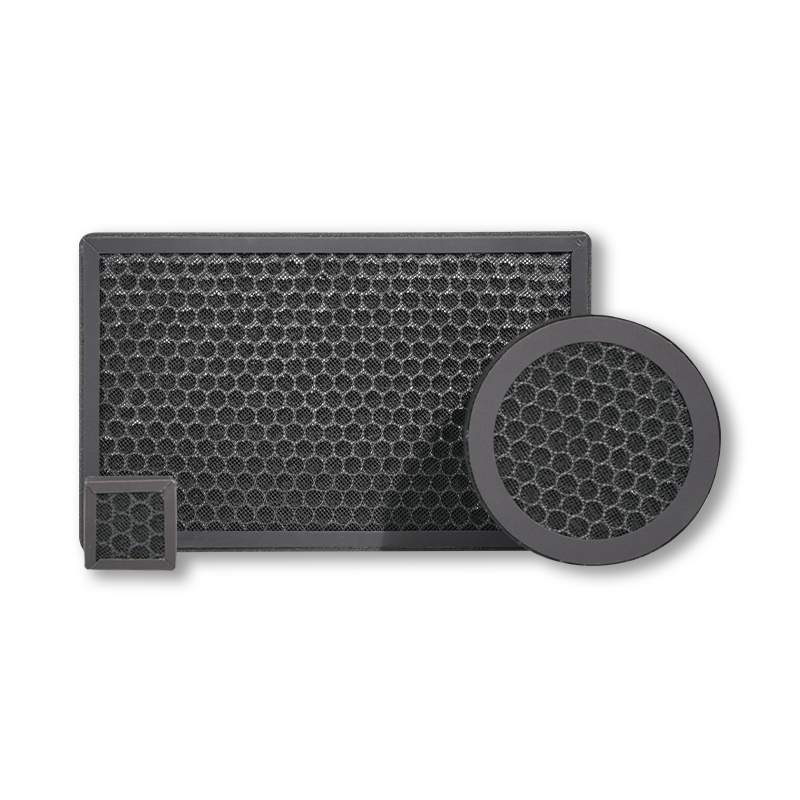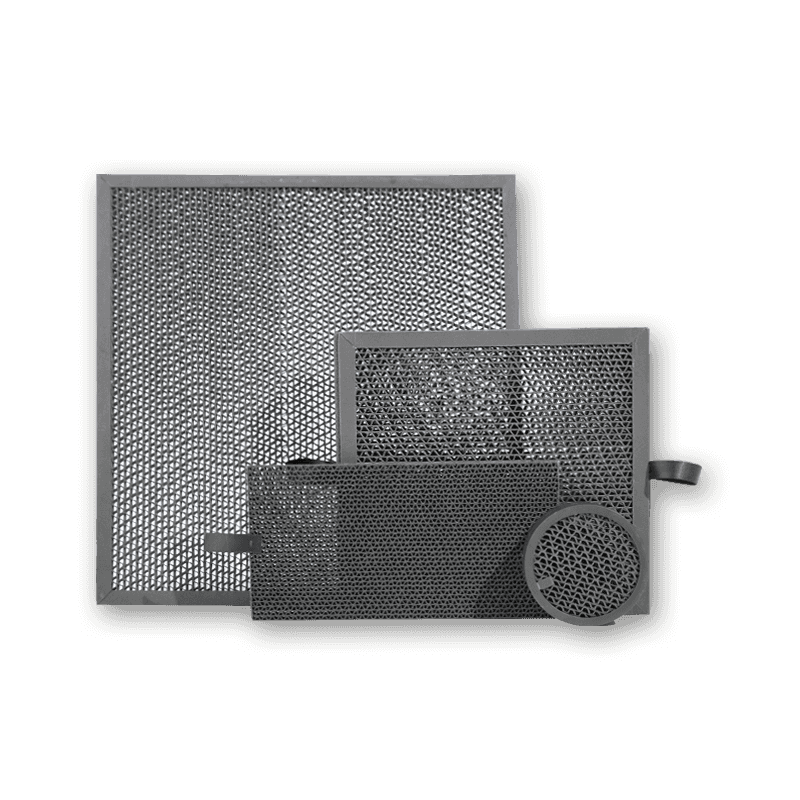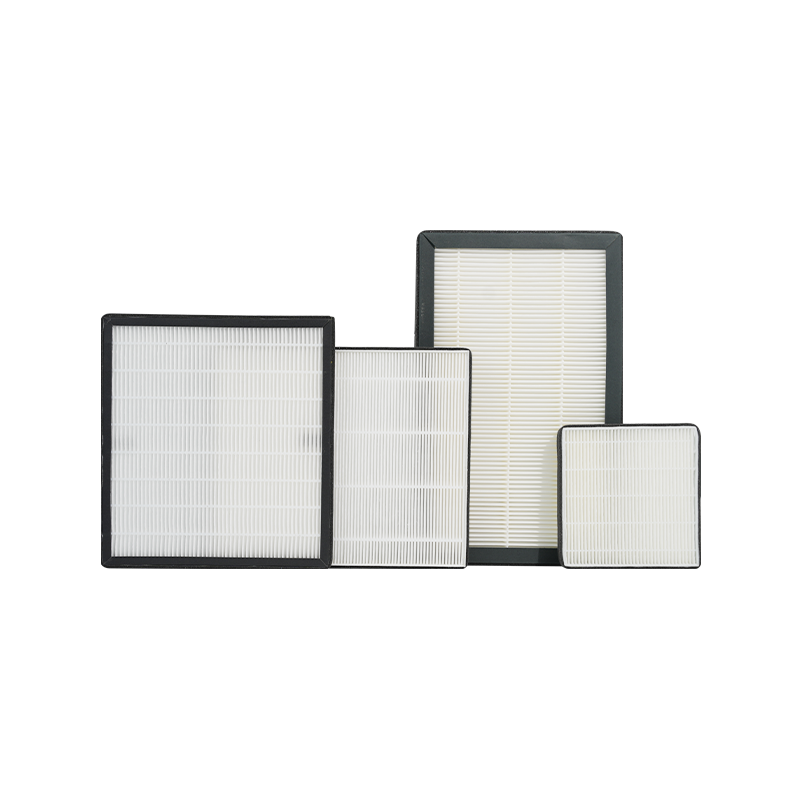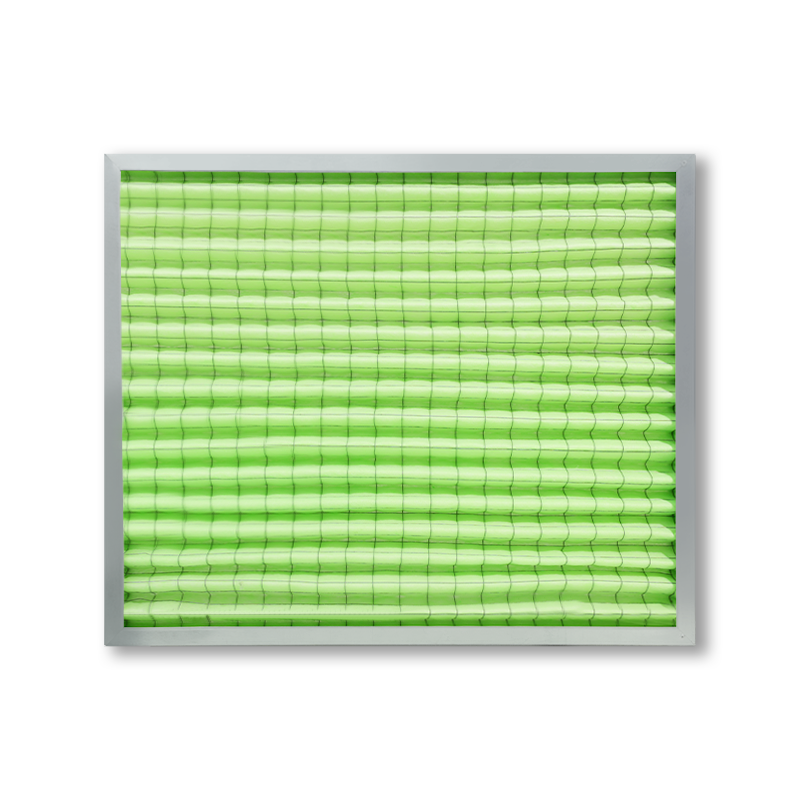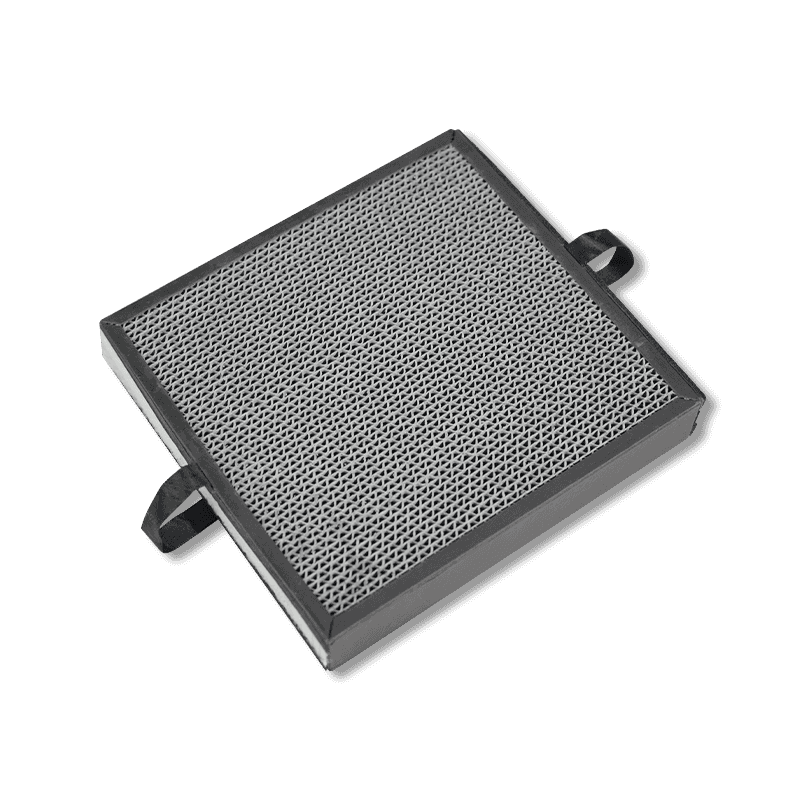Current Trends
As the global air pollution problem intensifies, more and more cities are facing increasingly serious PM2.5 pollution and volatile organic compounds (VOCs). Due to their tiny size, PM2.5 fine particles can penetrate the lung barrier and enter the blood circulation, seriously endangering human health. In addition, VOC is a class of chemical substances including harmful gases such as formaldehyde, benzene, and xylene. They not only come from industrial emissions, but also exist in daily homes, such as furniture, paints, and detergents. These harmful substances exist in the air for a long time and often have adverse effects on the respiratory system, nervous system, and immune system. Therefore, fine particles (PM2.5) and volatile organic compounds (VOCs) have become the two core pollution sources in air purification. The market demand for "particle + gas" integrated filtration solutions continues to grow, prompting dual-function composite filter materials to become the mainstream choice.
Why choose a combination of HEPA and activated carbon?
HEPA filter material is widely used for its high efficiency in intercepting tiny particles such as PM2.5. However, it cannot effectively remove gaseous pollutants such as formaldehyde, benzene and other VOCs by itself. Activated carbon has a strong adsorption capacity due to its rich pore structure, which can effectively capture and lock various gas molecules. Combining HEPA with activated carbon particles can achieve the simultaneous purification of particulate matter and gaseous pollutants. One side of the filter adopts a honeycomb pore structure, which greatly increases the surface area of the activated carbon and provides a wider adsorption range. This design effectively enhances the adsorption capacity of activated carbon, enabling it to efficiently remove harmful gases, odors, volatile organic compounds (VOCs) and other toxic substances in the air, thereby refreshing the air and removing harmful pollutants in the air. The other side is combined with HEPA, making the filtration effect more comprehensive. It can not only filter fine particles in the air (such as dust, pollen, smoke, etc.), but also capture microorganisms such as bacteria and viruses, reducing airborne health risks. The high-efficiency filtration performance of HEPA technology can ensure that particles as small as 0.3 microns in the air can be effectively intercepted, greatly improving the purity of the air.
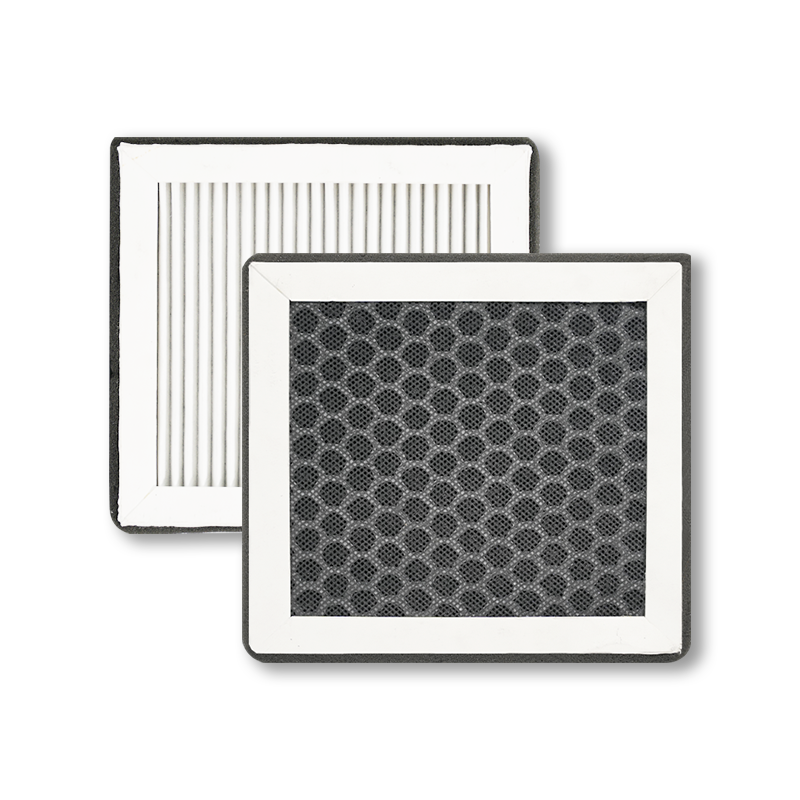
Expanded application of aluminum-based photocatalyst and cold catalyst HEPA composite products
In addition to traditional activated carbon composite filter materials, the combination of HEPA and light/cold catalyst has also become a more common VOC treatment method in the market. This type of filter material usually has a certain ability to decompose gaseous pollutants while maintaining structural stability. It can catalyze the oxidation reaction of harmful gases in the air and decompose volatile organic compounds (TVOCs) such as formaldehyde, benzene, ammonia, nitrogen oxides and other toxic substances. This process can convert these harmful gases into harmless substances, such as carbon dioxide and water vapor, which not only effectively removes harmful gases in the air, but also avoids the secondary generation of chemical pollution.
· Photocatalyst filter materials (such as TiO₂-based) can catalytically decompose some organic gases under light conditions;
· Cold catalyst filter materials can achieve certain decomposition reactions under normal temperature and humidity conditions, and are more applicable.
Although their principles and performances are different, the above types of filter materials can achieve additional treatment of gaseous pollutants without affecting the particle filtration efficiency, and are suitable for a variety of scenarios.
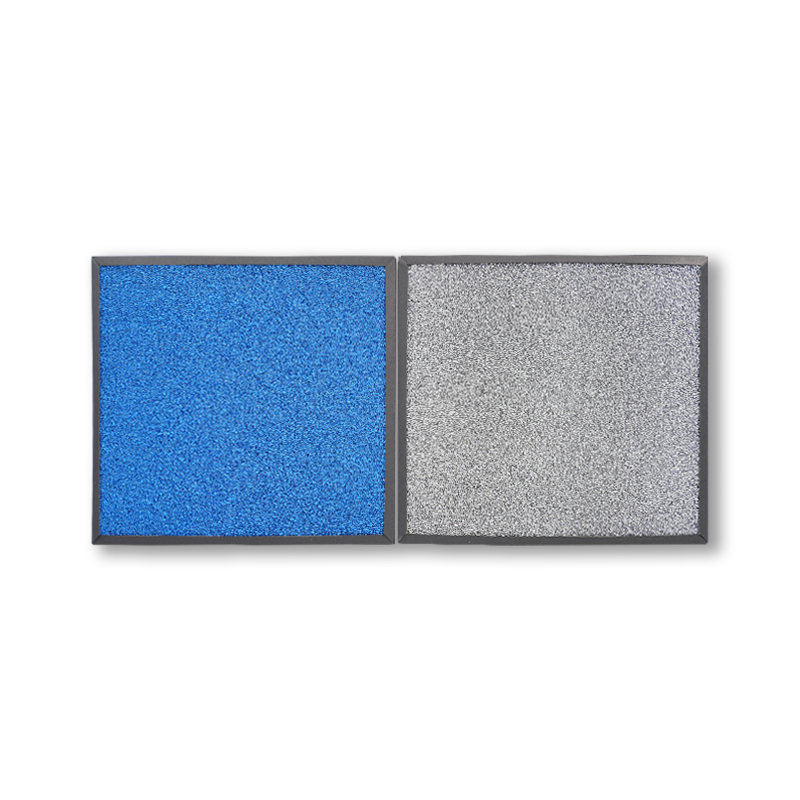
Adaptable to multiple scenarios and widely used
Dual-effect purification filter materials are widely used in the following scenarios due to their comprehensive functions and reasonable structure:
· Commercial HVAC systems such as office buildings and hotels
· Industrial clean workshops and production line equipment
· Areas in medical environments that require both particles and odors
They have become core components in air purification equipment in multiple fields, bringing users a stable and sustainable air quality improvement experience.
Supply advantages from the perspective of the factory
As a professional air filtration product manufacturer, we focus on providing universal filter material solutions with stable performance, diverse structures, and customizable on-demand. Whether it is the classic Honeycomb Activated Carbon Combined HEPA Filter or Catalyst Combined HEPA Filter, we can support the supply needs of batch, standardization, and system integration.
Looking to the future
The dual pollution of PM2.5 and VOC is a problem that must be solved simultaneously in air purification. The development of composite filter materials marks the trend of air purification products from a single function to "multi-effect in one". For purification equipment manufacturers who want to improve system efficiency and optimize user experience, choosing dual-effect filter materials with mature structure and wide adaptability will become a key link in steady development.

 English
English Español
Español 日本語
日本語
